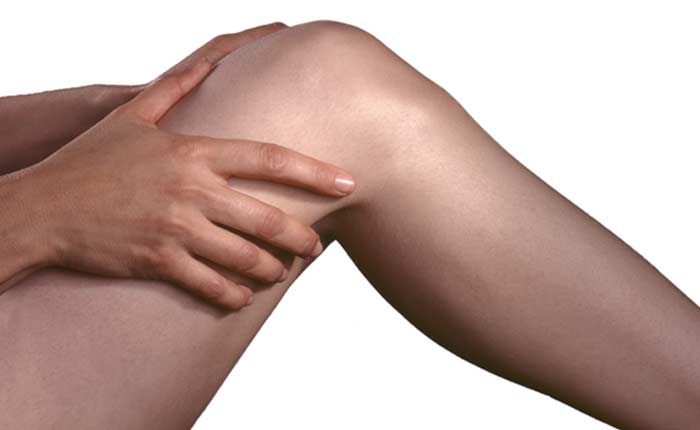
Pain that’s limited to one area of the body is called regional pain.
This type of discomfort is often associated with complex regional pain syndrome (CRPS), a term that describes chronic pain lasting six months or longer that’s out of proportion with its source/cause and limited to a certain area, such as an arm or leg.
A similar type of regional pain is localized neuropathic pain, which is associated with nerve damage.
What Causes Regional Pain?
It’s believed that regional pain occurs when there is some type of injury affecting the peripheral and/or central nervous system. Trauma or injury from other sources may result in regional pain as well. Discomfort of this nature is also sometimes linked to reflex sympathetic dystrophy syndrome (RSD), a form of complex regional pain syndrome that occurs after an injury or illness not involving direct nerve or limb damage.


What Symptoms May Be Experienced?
One of the first symptoms associated with regional pain is an increased sensitivity to temperature or a hypersensitivity to touch and cold. Nerve-based regional pain may produce severe burning sensations in a limb (causalgia). Some regional pain sufferers have throbbing pain relegated to a hand, foot, arm, or leg, while others might have symptoms that change over time. There may be changes in skin color or texture associated with regional pain. Some patients have muscle spasms, tremors, or weakness in the affected area. Other symptoms experienced may include:
- Joint swelling or stiffness
- Reduced movement in the affected limb or area of the body
- Pain, swelling, and/or redness
How Is Regional Pain Diagnosed?
A diagnosis of regional pain is usually made based results from a physical examination and a series of tests. Changes in bones in the affected area that could be causing regional pain may be detected with a bone scan. Sympathetic nervous system tests are sometimes done to identify changes with temperature and blood flow. Sweat amounts on affected and unaffected limbs may also be tested to determine if regional pain is related to complex regional pain syndrome. Bones and soft tissues might be evaluated with X-rays and MRI scans.
Treatment and Management Options
Patients often respond better to a combination of treatments for regional pain. Medication recommended or prescribed to manage symptoms or ease discomfort may include over-the-counter and prescription pain-relievers, antidepressants for nerve-based pain, corticosteroids to improve mobility and reduce inflammation, bone-loss medications, and sympathetic nerve-blocking drugs to block pain coming from nerve fibers. Physical therapy treatments for regional pain sufferers might include guided exercises to improve strength and range of motion in the affected area, biofeedback, and heat therapy. Some patients also benefit from:
- Mirror therapy for regional pain related to CRPS
- Transcutaneous electrical nerve stimulation (TENS)
- Topical creams or medications to ease hypersensitivity
- Spinal cord stimulation (SCS)
Regional pain that’s associated with a stroke may be minimized with early mobilization that involves encouraging patients to walk around as soon as possible. Maintaining a generally healthy lifestyle that includes regular exercise and smart eating habits may reduce the risk of experiencing regional pain from other sources. Avoiding common injury risks (e.g., sports-related impacts, serious falls) may further reduce the odds of developing issues with this type of pain.
